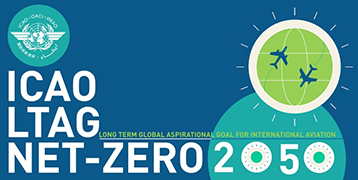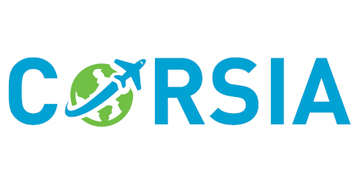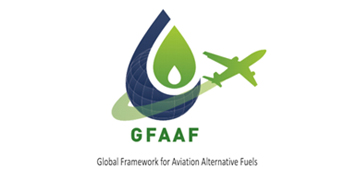A Review of Alternative Aviation Fuels
Energies
• Volume 17
(2024)
FEATURED BOOK
One of the most promising mid-term solutions for reducing GHG emissions from the aviation sector is alternative aviation fuels, especially sustainable aviation fuels (SAFs). Regulations imposed by the Fit for 55 package to use 38% of SAFs until 2050 require a comprehensive analysis of SAFs and production pathway development with increased blending limits of alternative fuel. Within this review, a summary of key aspects of alternative aviation fuels is presented. The review contains a description of the certification process and certified production pathways with an analysis of feedstocks used for SAF production. SAF emissions also have been analyzed based on available research. SAFs reduce particulate matter emissions significantly, even by 70%, compared to fossil fuels. The emission of gaseous exhaust compounds, such as carbon monoxide, unburned hydrocarbons and nitrogen oxides, also is discussed. Alternative aviation fuels have a lower LCA compared to conventional aviation fuel and the LCAs of specific feedstocks are presented.
alternative aviation fuels; SAF; PM emissions; LCA; SAF certification



 Back
Back



